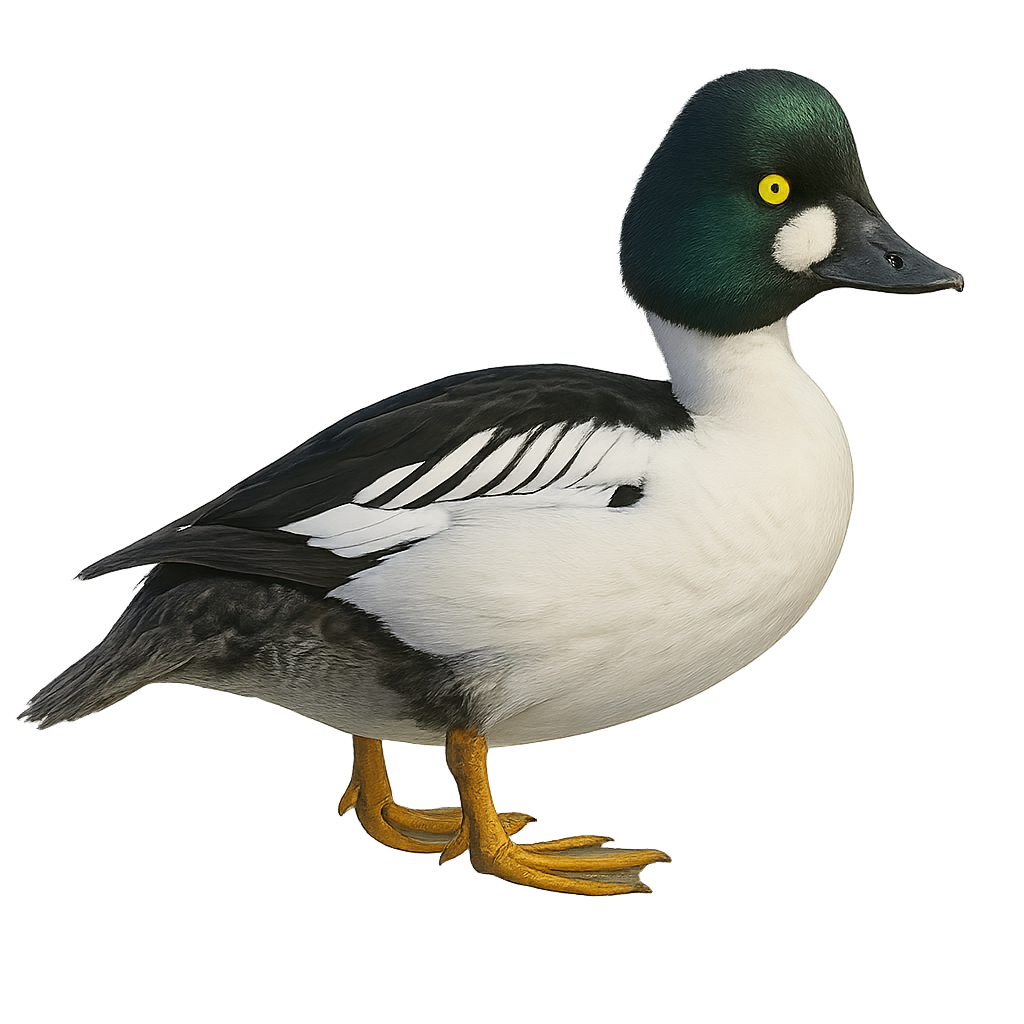Your wildlife photography guide.
Explore the common goldeneye in detail, study its behavior, prepare your shots.
Where to observe and photograph the common goldeneye in the wild
Learn where and when to spot the common goldeneye in the wild, how to identify the species based on distinctive features, and what natural environments it inhabits. The WildlifePhotographer app offers tailored photography tips that reflect the common goldeneye’s behavior, helping you capture better wildlife images. Explore the full species profile for key information including description, habitat, active periods, and approach techniques.
Common Goldeneye
Scientific name: Bucephala clangula

IUCN Status: Least Concern
Family: ANATIDAE
Group: Birds
Sensitivity to human approach: Suspicious
Minimum approach distance: 30 m
Courtship display: April to May
Incubation: 28-30 jours
Hatchings: April to June
Habitat:
Forested lakes, calm rivers, estuaries, wetlands
Activity period :
Primarily active during the day, with peak activity in the morning and late afternoon.
Identification and description:
The Common Goldeneye is a medium-sized diving duck, measuring about 42 to 50 cm in length. The breeding male has a glossy dark green head, a distinct white spot below the eye, and a bright yellow eye. The female is brown with a chocolate-colored head and a subtle white collar. It inhabits lakes, slow rivers, and coastal bays in Europe, Asia, and North America. A migratory species, it nests in tree cavities or artificial nest boxes. Its diet includes mollusks, crustaceans, aquatic insects, and small fish. Though generally of Least Concern, it may be impacted locally by the loss of natural nesting sites.
Recommended lens:
400 mm – adjust based on distance, desired framing (portrait or habitat), and approach conditions.
Photography tips:
Use a telephoto lens to photograph the common goldeneye, especially in the soft morning or evening light to highlight the iridescent plumage. Prefer a discreet hide near quiet shorelines.
The WildlifePhotographer App is coming soon!
Be the first to explore the best nature spots, track rutting seasons, log your observations, and observe more wildlife.
Already 1 430 wildlife lovers subscribed worldwide

